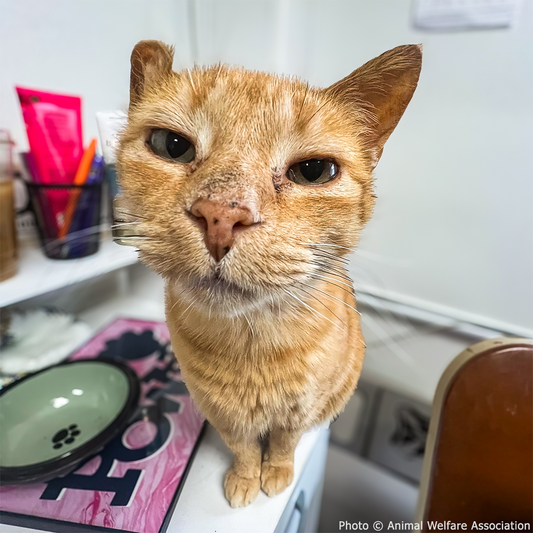Cancer Rates in Adults Under 50 Up Nearly 80% Since 1990, According to a New Study
Michelle Milliken
The U.S. Centers for Disease Control and Prevention issued a report last year finding that while breast cancer rates were down over the prior two decades in the U.S., the incidence had been increasing for women under 40. A new report finds these younger cancer trends aren’t limited to breast cancer, or to the United States.
Research recently published in BMJ Oncology investigated early-onset cancer rates across 204 countries and regions, using data from the Global Burden of Disease 2019 study. They focused on 29 different types of cancers, finding that between 1990 and 2019, there was a nearly 80% global increase in cancer cases among those under 50. The researchers say this trend has big impacts on society and the ongoing health of the patients themselves.
The study authors write, “Cancer is generally more prevalent in adults over 50 years, but the incidence of early-onset cancer has increased worldwide. In comparison to later-onset cancer, the increase of early-onset cancer has significant personal and societal ramifications. Moreover, early-onset cancer and the adverse impacts of some corresponding cancer treatments may result in additional health issues during subsequent life cycle, which would considerably increase the disease burden associated with early-onset cancers.”
The team found this burden was higher among certain types of cancers. While overall case rates increased by 79% between 1990 and 2019, with 1.82 million new cases diagnosed in those under 50 in 2019, breast cancer had the biggest impact. It was responsible for the largest number of cases and deaths, at 13.7 and 3.5 per 100,000 people, on a global scale. After breast cancer, the highest death rates were found with windpipe, lung, stomach, and bowel cancers. The largest increase in deaths, meanwhile, were in kidney and ovarian cancer patients.
The fastest growing cancer incidence for this age group, however, was in cancers of the windpipe and prostate. The former rose an estimated 2.28% annually, while the latter increased 2.23% each year. However, in some good news, liver cancer incidence in younger adults fell by about 2.88% annually.
The highest overall cancer rates regionally were found in North America, Australasia, and Western Europe, but the highest death rates occurred in Oceania, Eastern Europe, and Central Asia. Globally, 1.06 million adults under 50 died of cancer in 2019, a nearly 28% increase over 1990.
The cause of the increase, according to the researchers, may come down to a variety of factors, including genetics, diets high in red meat and salt and low in fruit and milk, alcohol consumption, tobacco use, lack of physical activity, carrying extra weight, and high blood sugar.
If these trends continue, the team says by 2030, early-onset cancer cases will rise by another 31%, while deaths will increase by another 21%. They say that to mitigate this, encouraging healthy diets, smoking cessation, lower alcohol consumption, and more outdoor activity could help. They also believe the benefits of early screening or prevention programs in the 40-49 age group should be studied.
One group recently pushed for such changes. The U.S. Preventive Services Task Force recently changed its mammogram recommendations, saying that women should now begin screening at 40, not 50.
Michelle has a journalism degree and has spent more than seven years working in broadcast news. She's also been known to write some silly stuff for humor websites. When she's not writing, she's probably getting lost in nature, with a fully-stocked backpack, of course.























